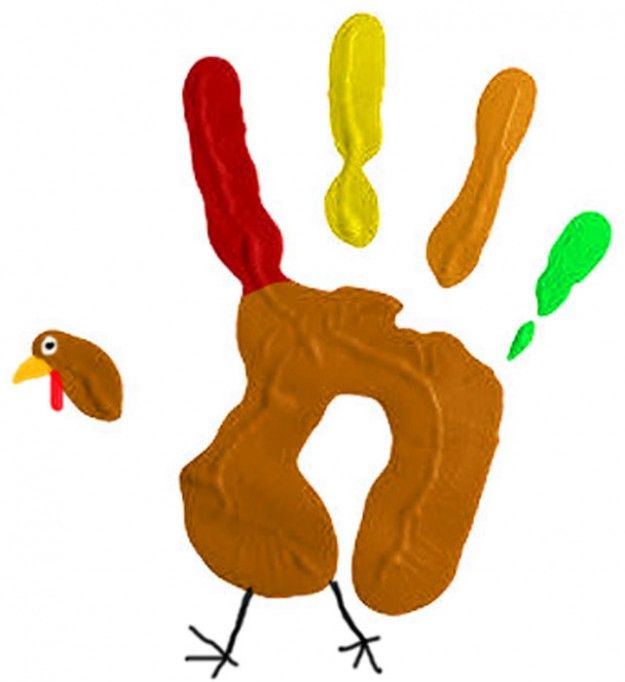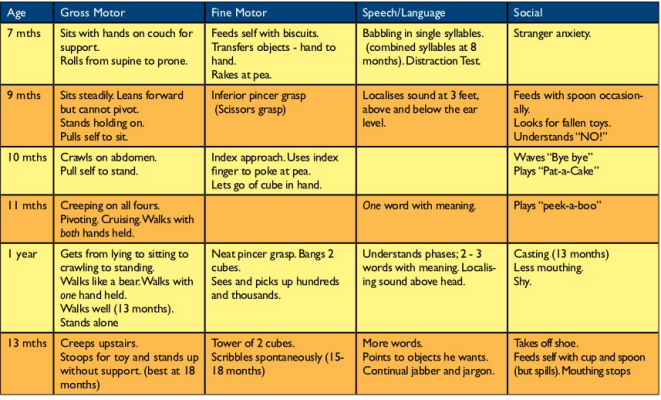How to make child handprints
DIY SALT DOUGH HANDPRINT ORNAMENT
Making DIY gifts is a lot of fun. Salt Dough Crafts are popular and this salt dough handprint is such a fun project to make and also to give as a gift.
You will find a “how-to” video at the bottom of this post.
DIY SALT DOUGH HANDPRINT ORNAMENTThis page may contain affiliate links for your shopping convenience. The links help support the blog as we may earn a small commission at no extra cost to you, our readers.
If you like salt dough crafts, these adorable thumbprint salt dough magnets are quick and easy to make. This DIY photo lamp using your own family pictures is also a unique gift idea you can make at home.
DIY Salt Dough is something that has been around for ages! I remember making a salt dough handprint ornament when I was little around Christmas time. I thought it would be cute to do all of my boy’s handprints and hang them on the wall.
Salt Dough keepsakes are a very inexpensive craft, made with items from around the house. If you’re wanting to send a handprint kit as a gift, I found an affordable one here: baby’s handprint ornament kit.
I also found this one: marshmallow clay handprint kit. I think marshmallow clay would be super fun to make at home!
SALT DOUGH RECIPEPRINTABLE RECIPE AT END OF POST
- 1 cup flour
- 1 cup salt
- 1/2 cup water
- Bowls (one for mixing, another for cutting out your circle)
- Spoon
INSTRUCTIONS:
- Mix the salt and flour in a large bowl
- Make a well in the salt/flour mixture and add the water
- Knead until smooth and shape into a ball
If you want to color your salt dough, simply mix in a few drops of food coloring while you are kneading it.
You can let your salt dough handprints air dry, but they can also be dried in the oven. Bake at 200 F until dry. The amount of time on the size and thickness of your masterpiece.
Thin flat ornaments may only take 45-60 minutes, but thicker ones like the ones I did can take 2-3 hours or more.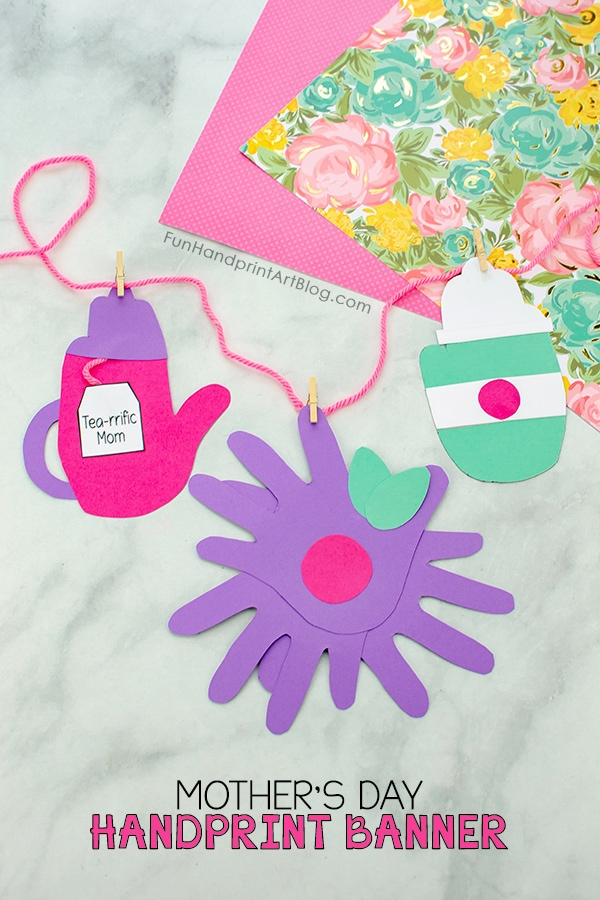
Make sure you store any leftover dough in an airtight container or it will get all dry and crumbly.
I can’t wait to have the salt dough handprint hanging on the wall, it’s going to be a great addition to our home décor and one that I can treasure as my children grow.
There are many other ornaments you can make with kids, to give as gifts at Christmas or anytime, really. I like buying the DIY ornaments (plastic if you have little ones!) and filling them with glitter. There are tons of things you can do with them, though.
Ingredients
- 1 cup flour
- 1 cup salt
- 1/2 cup water
- Bowls (one for mixing, another for cutting out your circle)
- Spoon
Instructions
Mix the salt and flour in a large bowl.
Make a well in the salt/flour mixture and add the water.
Knead until smooth and shape into a ball.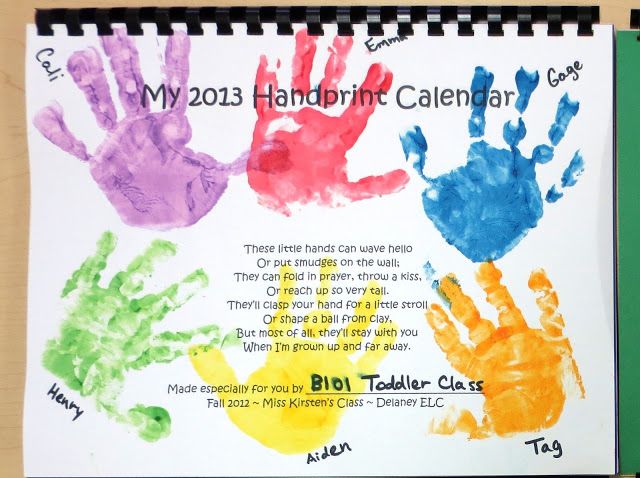
If you want to color your salt dough, simply mix in a few drops of food coloring while you are kneading it.
You can let your salt dough handprints air dry, but they can also be dried in the oven. Bake at 200 F until dry. The amount of time on the size and thickness of your masterpiece.
Thin flat ornaments may only take 45-60 minutes, but thicker ones like the ones I did can take 2-3 hours or more.
Make sure you store any leftover dough in an airtight container or it will get all dry and crumbly.
If you enjoyed this post be sure to check out our boards on Pinterest.
Love salt dough projects? Get more inspiration from these books:
Let’s Get Crafty With Salt Dough
Salt Dough Crafts for Kids (FREE ebook)
You’ll love this FAIRY GARDEN with SALT DOUGH FAIRY GARDEN ACCESSORIES.
You may also like this after school routine clock.
You can sign-up to get an email update each day. You can also connect with us on:
- Google+
- Blog Lovin’
Post submitted to Mommy Moment by Jennifer H.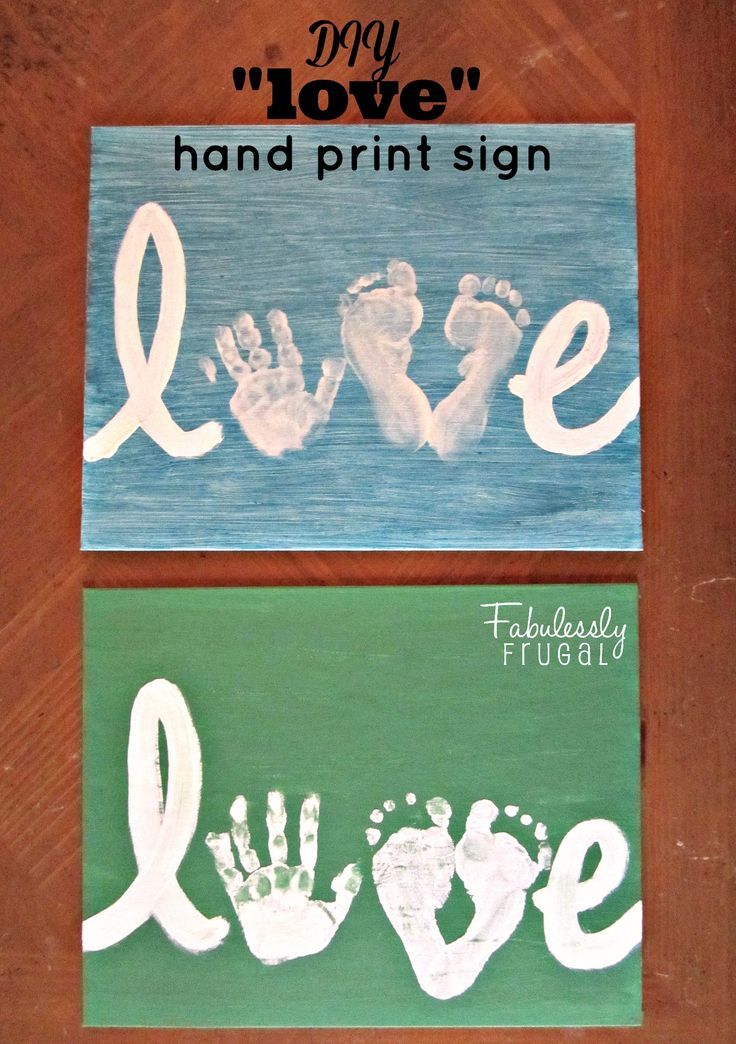
This post is linked up to I Gotta Create, Tutorials Tips and Tidbits, The Style Sisters, Tidy Mom, Craftberry Bush, Growing Home, Sew Creative
Salt Dough Recipe - The Easiest Way to Make Salt Dough!
Kim148 Comments
All activities should be supervised by an adult. As an Amazon Associate, I earn from qualifying purchases. This post may contain affiliate links.
Learn how to make your own salt dough ornament with this easy Salt Dough Recipe. You only need a few ingredients from your kitchen to make this salt dough! We cover all of our tips and tricks to make sure your salt dough ornaments will last for years!
RELATED: Salt Dough Ornament Recipe
Table of Contents
- Salt Dough Recipe – for Handprints & Ornaments
- Salt Dough Ingredients
- How to Make Salt Dough – an Easy Salt Dough Recipe!
- Why Is My Salt Dough Puffing Up?
- How Do I Seal Salt Dough Ornaments?
- What Kind of Paint Should I Use?
- How to Decorate Salt Dough Handprints
- How Many Ornaments Does this Make?
- Tips for Making Perfect Salt Dough
- Salt Dough Handprint & Ornament Recipe
- Get the Recipe
- More Salt Dough Ornament Ideas
Salt Dough Recipe – for Handprints & Ornaments
One of our favorite things to do with salt dough is to make handprint ornaments.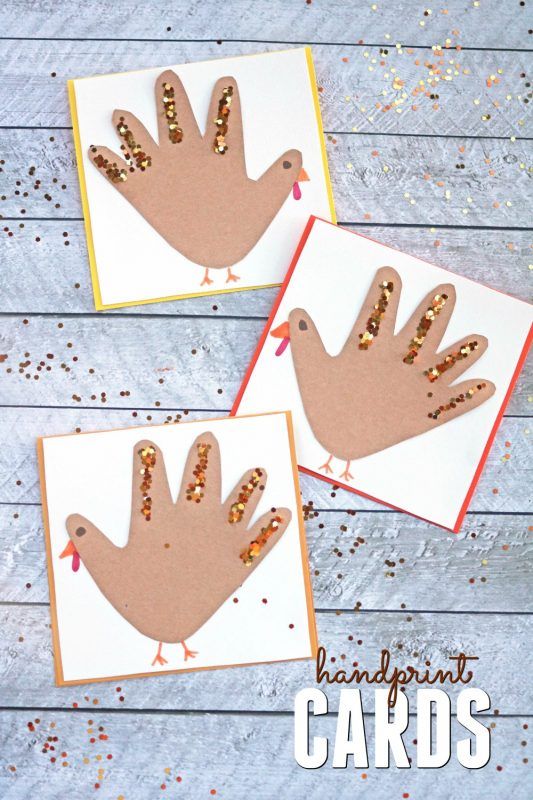 But you can also use this same recipe and use cookie cutters and paint shapes instead!
But you can also use this same recipe and use cookie cutters and paint shapes instead!
For the handprint ornaments – you can make a new one every year and have a nice memento for the Christmas tree!
Don’t forget to add the year on the back of the salt dough ornament to keep track of the different years.
Salt Dough Ingredients
- 4 cups all purpose flour (Note: you want regular all purpose flour, not self-rising)
- 1 cup salt
- 1.5 cups warm water
How to Make Salt Dough – an Easy Salt Dough Recipe!
1. Combine all of your ingredients (flour, salt, warm water) and mix well until it starts to form a dough.
2. Take the dough out of the bowl and knead for at least 10 minutes.
If your dough is too dry, add a little bit more water in and continue to knead.
The dough should be smooth and roll out with not too many bumps. It should also be easy to press a handprint into it. If you’re finding it’s too hard or not smooth enough, continue to knead some more. If it’s still too dry, add a little bit more water (but not too much or it may get too wet).
If you’re finding it’s too hard or not smooth enough, continue to knead some more. If it’s still too dry, add a little bit more water (but not too much or it may get too wet).
Roll out the dough to between 1/4 to 1/2 inch thickness. If the dough is too thick it will take too long to dry.
Press the hand into the dough.
3. Use a circle shaped bowl to trace around your handprint.
Cut out the handprint with a knife (adults to do this part).
You can also print off a circle shape or heart shape to trace around with a knife (adults to do this part).
If you have a smaller handprint you can use a circle or large heart cookie cutter.
TIP: It’s easier to press the handprint first, and then trace around it. If you have dough left over you can roll it out again and do another handprint.
4. Using a straw, make a hole in the top of the ornament.
5. Let the ornaments air dry for a day.
If you have time, let the ornaments air dry for a day. This will cut down on the baking time required and help to prevent puffing. If you do not have time, you can bake right away instead.
Bake at 250 degrees Fahrenheit for 1-2 hours. Once the top of the ornaments look dry and solid, flip over and bake on the other side.
NOTE: It’s important that you check that your oven temperature is set to Fahrenheit. One of the most common reasons the ornaments burn and puff up is that the oven temperature is Celsius. If you have a Celsius setting then you’ll want to use the lowest oven temperature, closer to 120 degrees Celsius.
If your ornaments are still doughy, put them back in for another hour. It will depend on your thickness how long you need to bake for. The thinner ornaments will take less time but thicker may take more. If it’s taking too long in the oven, let them finish drying by air drying them for a few more days. Make sure to flip them over so the bottoms also get exposed to air.
6. Once your ornaments are fully dry you can paint them.
Paint the handprint and leave the remaining ornament plain. Or you can paint the whole ornament white and then paint the center handprint once the base coat has dried.
If you want to add glitter into the handprint, decorate the whole ornament with paint first, then fill the handprint with glue. Shake glitter onto the glue.
After the paint has dried, make sure to seal with with either mod podge or a clear glaze spray. Seal the ornaments after you paint them and the paint has fully dried.
7. Tie ribbon or twine through the hole for hanging on the Christmas tree.
Why Is My Salt Dough Puffing Up?
The number one reason salt dough is puffing is due to the oven temperature. If the temperature is too high the salt dough will puff up. It is better to let your ornaments air dry for a day and then bake them. This will prevent the puffing.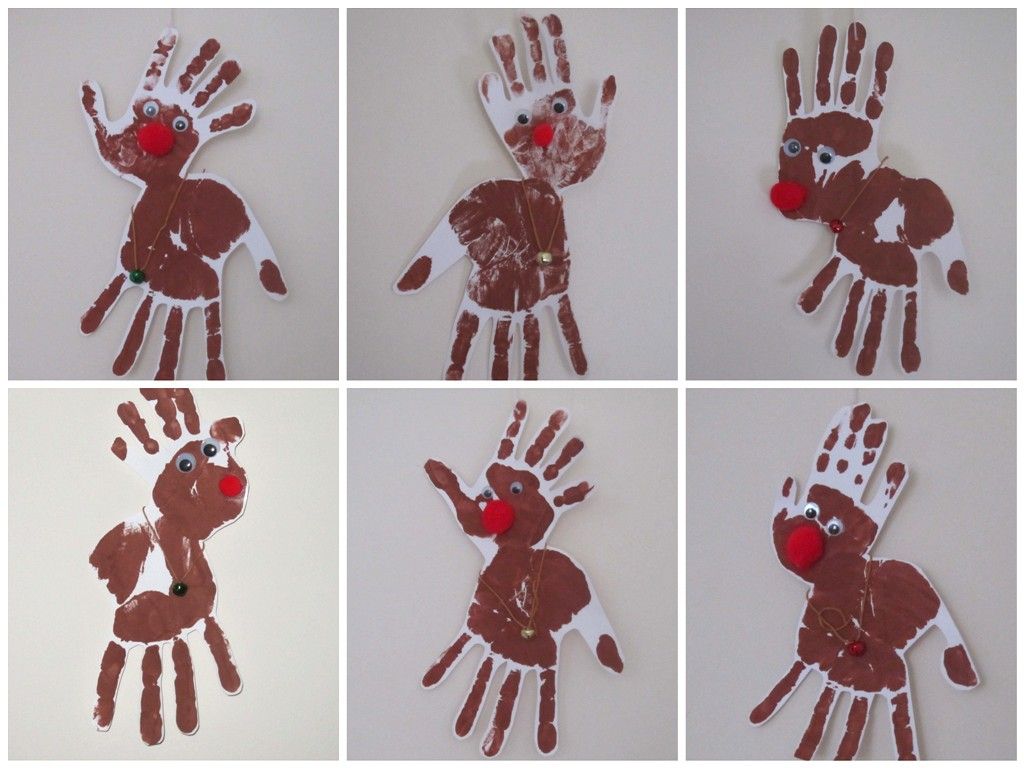 If you need to bake right away, bake at the lowest temperature (200-250 degrees Fahrenheit).
If you need to bake right away, bake at the lowest temperature (200-250 degrees Fahrenheit).
Note: Make sure to check your oven temperature is Fahrenheit and not Celsius.
You also want to make sure you are using regular, all purpose flour and not self-rising flour.
How Do I Seal Salt Dough Ornaments?
Once you are done, don’t forget to seal with either mod podge or a clear glaze spray. We like this spray for a durable finish. Adults should do the spraying and always follow directions of the product chosen.
Sealing the final ornaments will help stop them from cracking in a few years and prevent moisture from getting in.
What Kind of Paint Should I Use?
I like to use non-toxic acrylic paint for salt dough ornaments. The color will go on much thicker and more vibrant than kids paint. We like this brand of acrylic paint.
How to Decorate Salt Dough Handprints
You can use a heart for the shape around the handprints or you can use a circle.
For this one, we used a large heart cookie cutter as the handprints were small (baby handprints):
If you have larger handprints, you can trace around a heart print-out or use a knife (adults only) to draw a heart shape around the handprint.
We painted this one with acrylic red paint but you could choose green or even silver or gold. Then you can leave the handprint portion of the salt dough ornament either natural or use glue and add glitter to it like we did.
How Many Ornaments Does this Make?
Depending on the handprint size and thickness of the salt dough – you can get approximately 8 handprints. If you’re using the dough to make small cookie cutter ornaments you’ll get approximately 15.
If you’re hoping to make this for a classroom or with a larger group of kids, I would recommend bringing an extra batch just in case. The quantity can vary depending on size of cookie cutters, handprints and thickness of the dough. I like to roll out the dough and continue to knead together the scraps to use as much as I can.
I like to roll out the dough and continue to knead together the scraps to use as much as I can.
Tips for Making Perfect Salt Dough
- Knead well to make the dough smooth – I like to knead at least 10 minutes.
- Let the ornaments air dry for a day first, if possible. This cuts back on the oven baking time and helps to prevent puffing.
- Don’t forget to flip the ornaments when baking or air drying so that the bottoms will be exposed to air.
- Seal with our recommended sealers mentioned above so that the ornaments will last for many years.
- Store the ornaments in a cool, dry place and keep away from moisture. Sealing the ornaments also prevents moisture from getting in.
Prep Time15 mins
Active Time2 hrs
- ▢ 4 cups all purpose flour
- ▢ 1 cup salt
- ▢ 1.5 cups warm water
- ▢ Clear Glaze Finish or Mod Podge
Combine all of your ingredients and knead for 10 minutes.
 If your dough is too dry add a little bit more water in and continue to knead.
If your dough is too dry add a little bit more water in and continue to knead.Roll out the dough to a thickness that you'd like your salt dough ornament to be. We like between 1/4 to 1/2 inch thickness.
Using a large cookie cutter, cut out different shapes for your salt dough ornaments. If making handprints, place the handprints first and then trace around them.
Have your child place their hand into the salt dough ornament. If the dough is too hard to get an imprint it may be too dry. Continue to knead until smooth. You can also add in a little bit more water.
Using a straw, make a hole in the top for where you want to hang your salt dough ornament.
If possible, let the ornaments air dry for a day.
Preheat your oven to 250 degrees Fahrenheit. Bake for 1-2 hours. If your ornaments are still doughy, put back in for another hour. (It will depend on your thickness how long you need to bake for. The thinner ornaments will take less time but thicker may take more).

If you encounter too much puffing, roll out thinner ornaments and this will help reduce the puffing. If the ornament is still a bit doughy, bake for longer or let sit out a few days to harden before decorating. The thickness of the dough will determine how long you have to bake them for. We prefer to bake them at 250 degrees Fahreneheit for longer and let them air dry for a few days to prevent puffing.
Once cool, you can decorate by painting with non-toxic acrylic paint.
Spray with a clear glaze finish or finish with mod podge. Do this before adding the glitter.
To make the hand glittery, fill the handprint with glue then sprinkle glitter on top of the glue, shake off the excess and let it dry.
Kids will love helping to make this salt dough recipe. They will also have fun decorating the salt dough ornaments by painting them.
Finally, just a friendly reminder to keep these out of reach of pets (they can be toxic to dogs due to the salt content).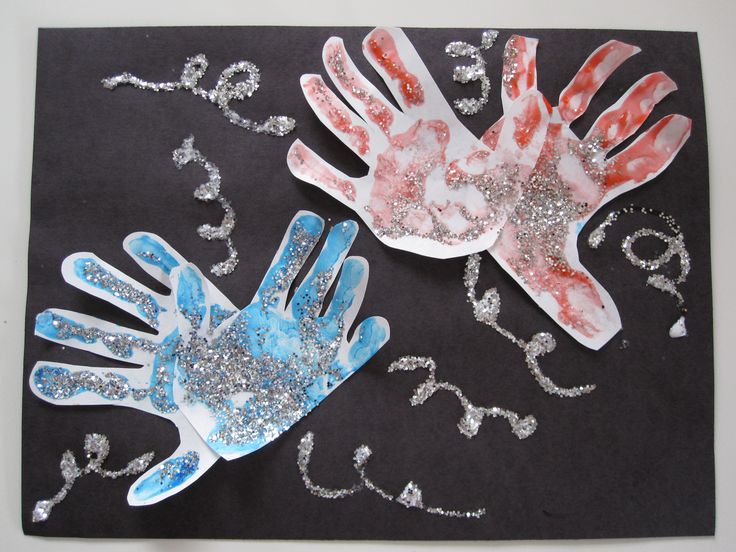
See over 25+ of the best Salt Dough Ornaments here for more great ideas!
These salt dough ornaments are also fun to make – and you can make these for any season or holiday too!
How to make plaster handprints of your child - Ideas for the home
Heading: Funny crafts
Unfold your child's fingers to create the strongest handprint.
Marili Forastieri
Children's handprints only get tiny for a short time, so capture them - and memories - in plaster. There are two different ways to create a mold for a child's handprint: create a mold in sand and then cast it, or insert the hands directly into the mold and let the remaining print dry. In any case, it leaves a lasting imprint that we will appreciate.
Things You'll Need
To make a sand casting mold, you'll need:
- Gypsum
- Waters
- Wet sand
- Bucket or large bowl
- Cake mold or mold
- Paint stick or large wooden spoon
- Baby oil or cooking spray
To make a plaque you will need:
- 2 cups of salt
- 2 1/2 cups of water
- 4 cups flour
- Large pot (or plaster with water)
- Bucket or large bowl
- Cake mold or mold
- Paint stick or large wooden spoon
- Baby oil or cooking spray
- Acrylic Sealant (optional)
- Paint and brush (optional)
Making plaster
For homemade plaster
-
Bring 2 1/2 cups of water to a boil and add 2 cups of salt. Stir until the salt is completely dissolved.
-
Measure 4 cups of flour into a bowl and add salt water to it, stirring with a paint stick or spoon until well combined.
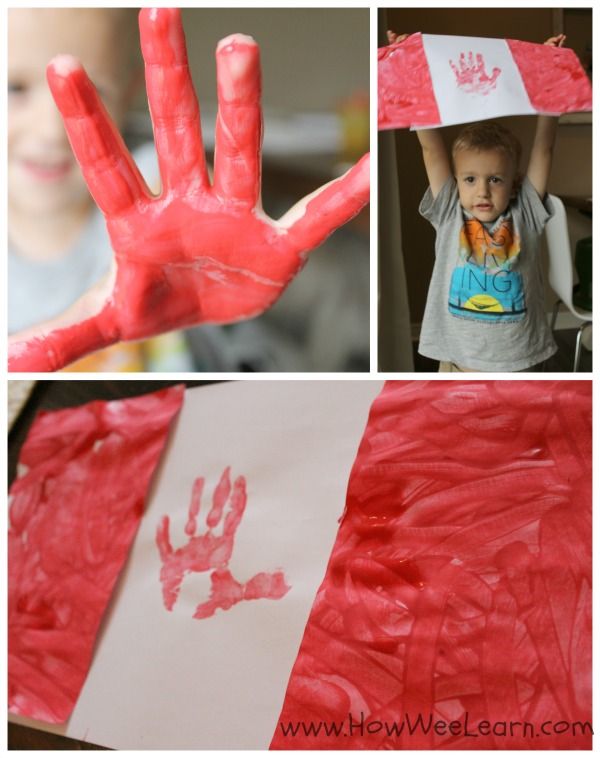 Let it cool down until you can handle it easily.
Let it cool down until you can handle it easily. -
Knead the mixture in a bowl by pressing your knuckles into the dough. Move your knuckles and palm forward to stretch the fibers. Turn the dough over and repeat the process until it is smooth.
For plaster of Paris:
-
Mix plaster of paris and water in a ratio of 2 cups of powder to 1 cup of water. For an average child's handprint, use about 6 cups of powder and 3 cups of water. The mixture should be thinner than pancake batter, so use more powder or water if needed.
-
Gently mix the ingredients in a large bucket or bowl with a wooden spoon or paint stick, being careful not to overmix. Beating the plaster will cause air bubbles to form.
Making a sand casting mold
-
Place wet sand in a mold or container, such as a cake pan or baking dish. Old plastic containers and deep bowls are suitable for this.
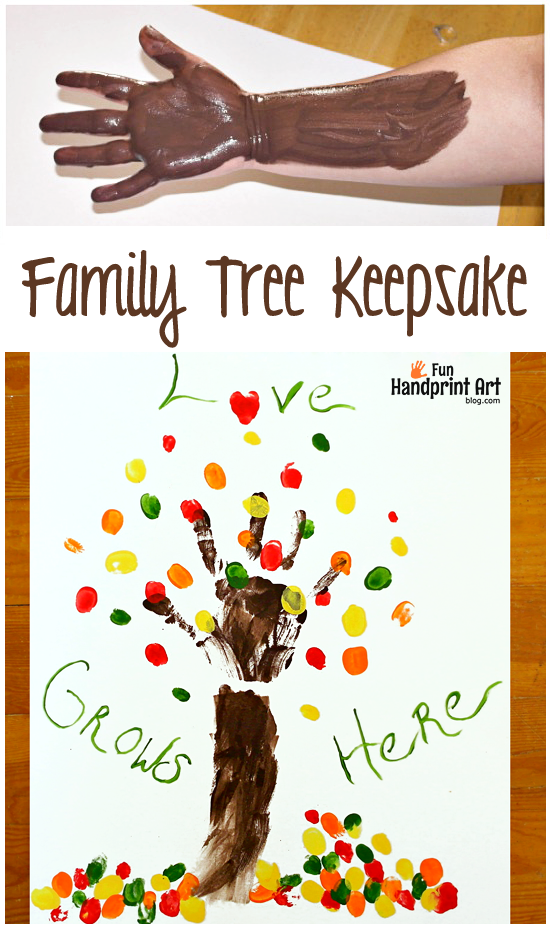 Even the bottom of a cardboard box can be used if the sand is deep enough to hold a handprint.
Even the bottom of a cardboard box can be used if the sand is deep enough to hold a handprint. -
Spray child's hand with cooking spray or baby oil. Press the child's flat hand into the wet sand until a firm imprint appears but reaches the bottom of the jar.
-
Remove the child's hand and then fill in the empty space with Plaster of Paris, being careful not to overfill the print.
-
Wait for the mixture to dry. Plaster of Paris sets in approximately 20-30 minutes but should be left on for the maximum time needed to dry completely. This may take up to several hours.
-
After the plaster has hardened, remove from the sand.
-
Color the handprint with acrylic paint and seal with clear acrylic paint if desired.
Impression mold making
-
Place your chosen plaster mix into the desired shape. Pie pans and baking pans form perfect circles, but if you want a smaller or different shape, you can use a smaller surface, such as a washed plastic container.
 Other items such as the bottom of a milk carton or a ceramic bowl can be used as molds, but should be dried naturally and not in the oven to prevent melting.
Other items such as the bottom of a milk carton or a ceramic bowl can be used as molds, but should be dried naturally and not in the oven to prevent melting. -
Spray baby's hand with oil or cooking spray. Press the child's hand firmly into the plaster mixture. The hand should be flat to get the best impression and should not be pressed more than halfway into the dough.
-
Extend the child's arm. At this time, you can add any other engravings, such as the date or the name of the child. Make all the necessary holes to hang it if you wish.
-
Let the plaster dry for at least 48 hours if using homemade dough, or bake in an ovenproof dish at 200 degrees F for two hours or until completely dry. When using Plaster of Paris, the waiting time should be about an hour, but the mixture sets better if left for longer.
-
After drying, the mold can be painted with acrylic paint and then, if desired, sealed with a transparent sealant.

Shaping tips
-
If the Paris Plaster does not hold a handprint, shake the mixture and let it set for a few minutes before reprinting.
-
Do not place plastic or cardboard molds in the oven to dry; instead, let them air dry for 24 hours.
-
Homemade plaster dough can be shaped into any shape without using a mould. Use cookie cutters or hand mold to create your own unique shape.
0
Did you like the article? Share with friends:
Fingerprint inks, 4 colors
+ 38 0975633232 // [email protected]
Ukraine, Kiev, st. Dreiser 5
Memorik
Books, albums and souvenirs
70.00UAH. Fingerprint inks, 4 colors quantity Category: Other Icon: safe inks, inks, print inks, finger inks, eco inks Finger paints - allow you to draw even the smallest, using a non-standard drawing technique. Hand and foot print inks! If you have ever purchased paints from this manufacturer, but were not satisfied with the quality, do not rush to give up! It all depends on the freshness of the product! If the colors are fresh, then the quality is excellent! Pictured are the original colors.
 Variegated colors will definitely interest the baby, and the specificity of this type of creativity develops the child's creative abilities to the maximum.
Variegated colors will definitely interest the baby, and the specificity of this type of creativity develops the child's creative abilities to the maximum.
⠀
We recommend giving preference to finger paints. Why? Because these paints are as harmless as possible, they are created specifically for the baby to learn creativity, develop fine motor skills of hands, tactile sensations, learn to navigate in space, learn colors faster and develop imagination.
But their most important advantage is that they are ❌ NON-TOXIC ! That is, these paints do not cause allergies on the skin, they have a gel-like consistency, which means they do not flow much, they are easily washed off clothes and washed off their hands, even if the baby tries them “by mouth”, then nothing bad will happen.
⠀
Therefore, we recommend using them for hand and foot prints in the album.
⠀
How to do it? Sometimes such paints delaminate, because they are water-based, and in their composition, in addition to water, there may be flour, which will settle with sediment.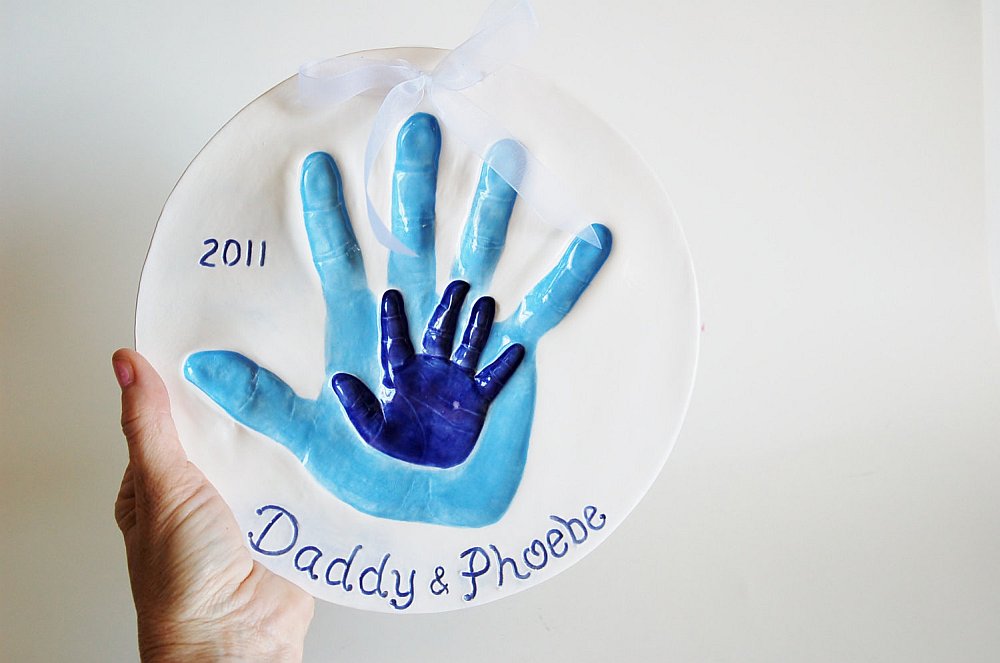 It's not a problem! They just need to be mixed well before use. Then pour them into a saucer and dip the child’s hand or foot into the paint so that the paint gets on the entire surface of the palm or foot. The first couple of times we recommend rehearsing on a regular piece of paper in order to get the hang of it. You will also need a towel or napkins to quickly remove the remaining paint from the child’s palm, and only then wash them with soap and water. If the ink is thick and leaves too thick a layer, then take an ordinary dishwashing sponge and blot the child's palm a little before making a print. Everything will definitely work!
It's not a problem! They just need to be mixed well before use. Then pour them into a saucer and dip the child’s hand or foot into the paint so that the paint gets on the entire surface of the palm or foot. The first couple of times we recommend rehearsing on a regular piece of paper in order to get the hang of it. You will also need a towel or napkins to quickly remove the remaining paint from the child’s palm, and only then wash them with soap and water. If the ink is thick and leaves too thick a layer, then take an ordinary dishwashing sponge and blot the child's palm a little before making a print. Everything will definitely work!
⠀
✅ These paints have been checked by us! We get them directly from the manufacturer, so we definitely have them fresh!
✅ Excellent value for money.
✅ Bright colors.
✅ Made in Ukraine. 